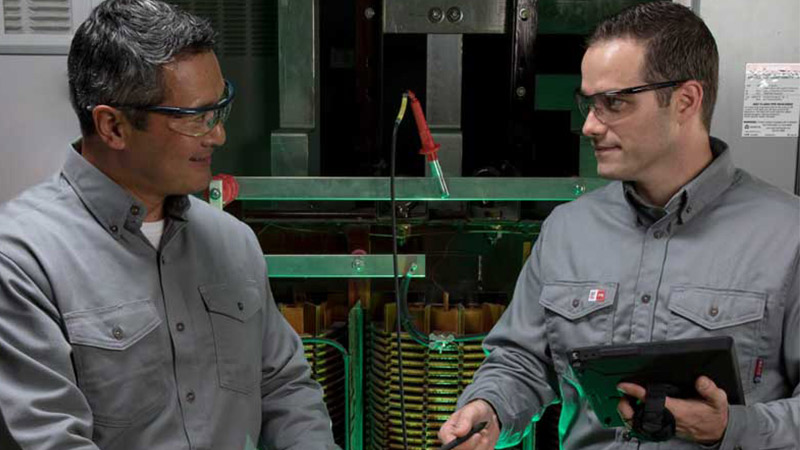The global pandemic put a huge strain on healthcare facilities. In many cases, there simply were not enough beds to meet demand. We are hopefully through the worst effects of the pandemic on healthcare facilities, but the challenge of healthcare capacity is not limited to short-term surges in demand.
The percentage of the U.S. population that is 65 and older almost doubled between 2010 and 2020, rising from 11.1% to 20.6%. With about 3.65 million baby boomers turning 65 this year, that percent is expected to continue to climb. What is more, new research from Penn State and Texas State Universities has found that baby boomers are more likely to live with numerous chronic health conditions than earlier generations.
Healthcare organizations are working to meet the growing demand for services through expansions and new construction. As they do, building commissioning should be integrated into these projects as early as possible.
Why Commissioning Matters
Commissioning should not be confused with acceptance testing. Where acceptance testing simply ensures that electrical equipment is installed properly, commissioning has a much broader scope. According to ASHRAE, commissioning should encompass “verifying and documenting that the facility and all of its systems and assemblies are planned, designed, installed, tested, operated, and maintained to meet the needs of the owner.” The Building Commissioning Association (BCxA) adds that commissioning is meant “to provide documented confirmation that building systems function in compliance with criteria set forth in the project documents to satisfy the owner’s operational needs.”
Properly planned, managed and executed, commissioning delivers multiple benefits to healthcare organizations opening new facilities or upgrading existing ones:
- Staying on schedule and budget: Through commissioning, projects experience fewer change orders, delays, and rework.
- Reduced downtime and need for repairs: Commissioning activities validate facility equipment installation and full integration of their systems. The process checks for redundancy and single points of failure and includes a comprehensive system that verifies availability in all operating modes. This helps identify potential system-related problems so they can be resolved before major equipment damage or a disruption of service can occur.
- Improved safety and compliance: Commissioning verifies compliance with current code standards and helps train staff with the necessary education and resources to safely operate and maintain electrical and mechanical equipment.
- Improved efficiency and cost savings: Commissioning can help ensure that operations and maintenance staff has the training and resources to fully leverage design efficiencies, so building owners will be able to reap the intended energy efficiencies and cost savings.
The Healthcare Commissioning Process
While the impetus for commissioning is often a new or updated electrical or mechanical system, commissioning is most effective when it covers all building systems, including:
- Electrical distribution equipment and systems
- Mechanical and HVAC systems
- Monitoring and controls systems
- Specialty systems (EPO, VESDA, fire/life safety, etc.)
- Lighting controls
Commissioning also delivers more value when the process is not limited to startup. Ideally, the commissioning process begins during planning and extends through the first year of building occupancy. By setting project goals ahead of time and accounting for warranty issues after turnover, the commissioning process can provide value throughout the life cycle of the project. Here’s a brief outline of what those phases entail:
- Pre-Design/Design: Commissioning specialists can help determine and document the Owner’s Project Requirements (OPR), which become the keystone of the commissioning project. They also work with the design team to complete design reviews and make recommendations on plans and documents.
- Construction: This phase consists of installation, startup, and acceptance testing of systems, equipment, and assemblies. During this phase, commissioning specialists help prepare system operating documentation and see to it that the operation and maintenance staff receive training based on established requirements.
- Occupancy: After construction is complete, commissioning activities can continue up to one year post-occupancy. During this time, the commissioning team will perform any deferred or seasonal testing that could not be completed during construction and conduct a warranty review to identify any issues to be corrected by the general contractor.
Learn More About Healthcare Building Commissioning Services
To learn more about building commissioning from Electrical Reliability Services (ERS), Inc. (a subsidiary of Vertiv Corp.), visit the ERS web site.





